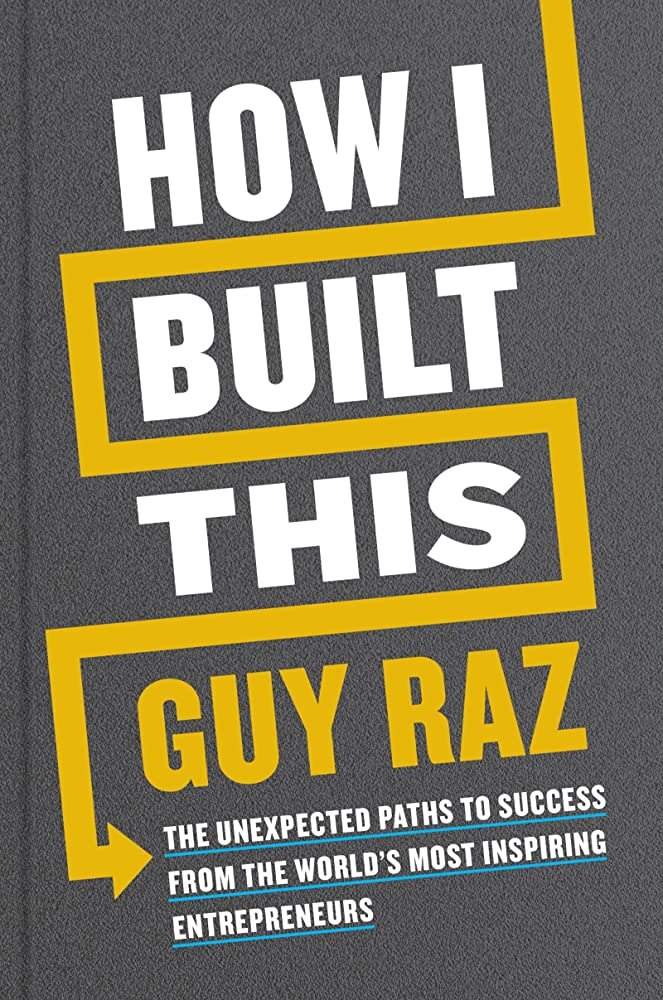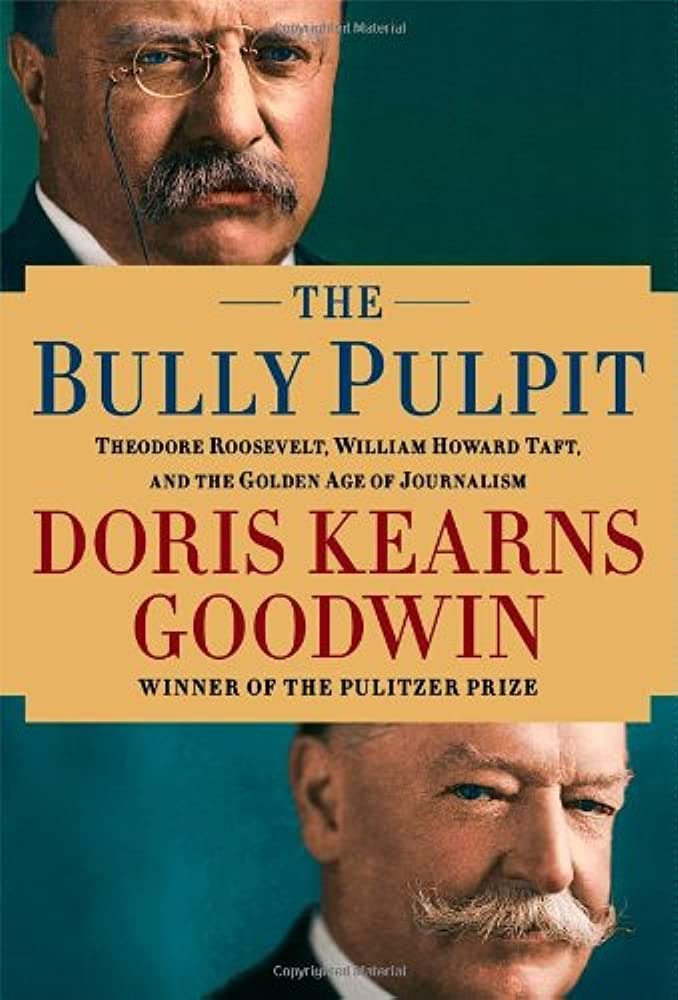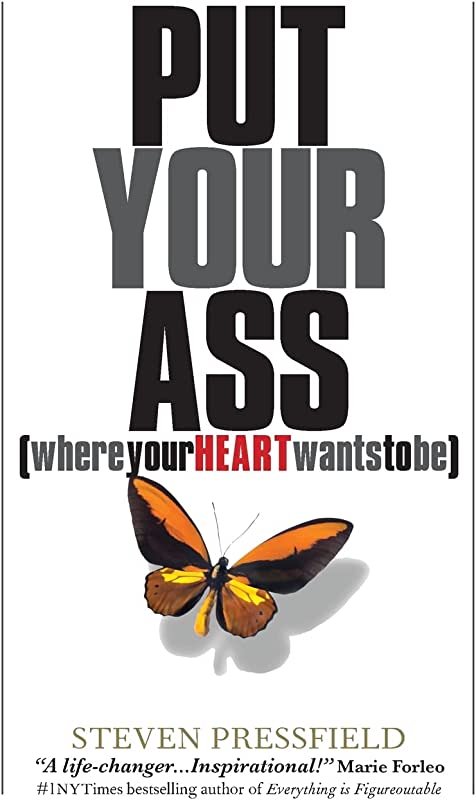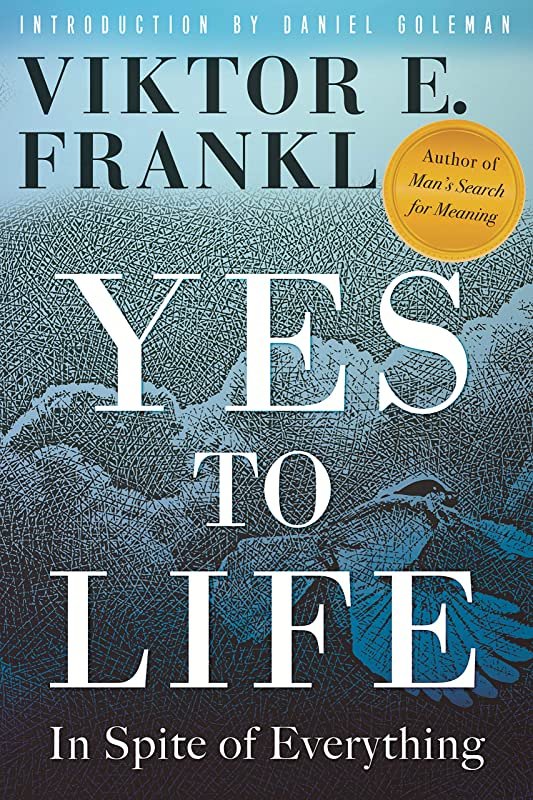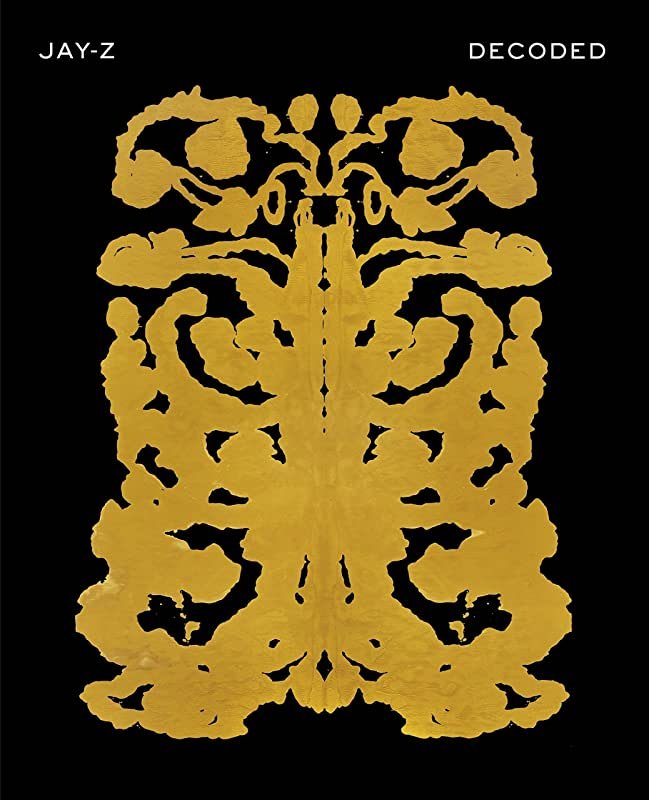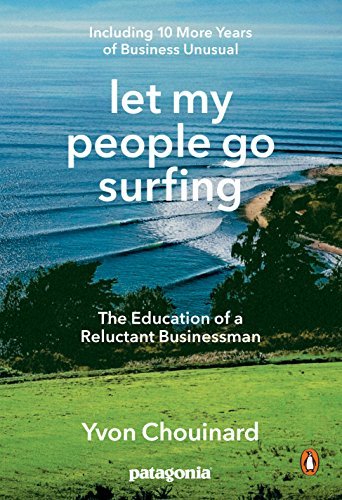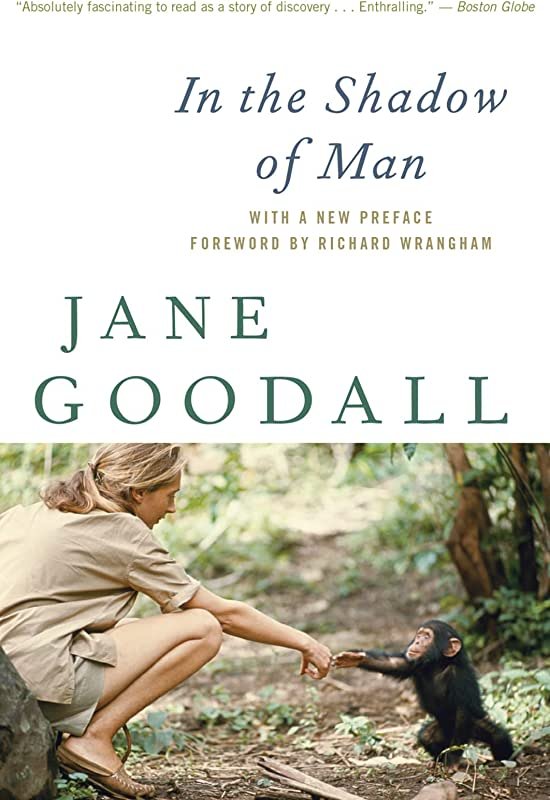Personal History by Katharine Graham
Date read: 3/4/23. Recommendation: 10/10.
The best autobiography I’ve ever read. Graham tells her own story with honesty and candor. She reflects on how she built her own strength and self-confidence navigating a business world dominated by men while leading the Washington Post through its crucible moments of the Pentagon Papers, Watergate, and the pressmen’s strike of 1975. The Post not only endured but thrived, elevating its position among the most respected newspapers in the country thanks to Graham’s dedication to serving the public good, her ability to make tough decisions, and her commitment to upholding high journalistic standards.
Check out my notes below or Amazon for details and reviews.
My Notes:
Upbringing:
The children were an afterthought to Katharine’s mother, Agnes. She rarely mentioned them individually. The first time Katharine appeared in her diary by initial was two years after her birth.
“My difficulties were much more tied to a lack of guiding personal relationships, for I had more or less to bring myself up emotionally and figure out how to deal with whatever situations confronted me. At the same time that I was surrounded by extreme luxury, I led a life structured and in many ways spartan, circumscribed by schools and lessons, travel and study.”
“My mother’s effect on us was often contradictory. We received every encouragement for what we accomplished, yet her ego was such that she trampled on our incipient interests or enthusiasms. If I said I loved The Three Musketeers, she responded by saying I couldn’t really appreciate it unless I had read it in French, as she had.”
Between fourth and fifth grade, she spent the entire summer by herself reading nearly 100 different books on the third floor of Mount Kisco.
Self-esteem:
Upon graduating high school: “I still felt fairly different and shy and believed I had only a few friends. Apparently my class didn’t see me the way I saw myself. My senior yearbook entry describes a girl known for her laugh and manly stride. My class prophecy read: ‘Kay’s a Big Shot in the newspaper racket.’ But I envisaged no such future for myself or, in fact, any specific future at all. Rather than creating my own way, what I was trying to do all the time was figure out how to adjust to whatever life I found.”
After departing for college, she read the Post daily and offered feedback: “I found myself deeply involved with the struggle to improve the paper. Somewhat to my surprise, given that I thought of myself during this period as unsophisticated, unworldly, and fairly unopinionated. I seem to have been full of independent appraisals of the paper and what it was printing.”
The Washington Post – beginnings:
In June of 1933, Katharine’s father, Eugene Meyer, bought The Washington Post at a bankruptcy auction. The paper had fallen on hard times and was led by an aimless owner. Five years earlier her father had tried to buy it for $5m, at the auction he got it for $825k.
Eugene soon realized the newspaper business wasn’t like the other businesses he knew. The space was competitive. The tactics he applied weren’t generating results. The beginning was a struggle. But he always maintained his belief that a newspaper is a public trust, meant to serve the public. And over time, he stuck with it and began to create his own success. See his original principles on page 63.
The Washington Post – Phil Graham years:
Phil, Katharine’s husband, joined the Post as associate publisher in January of 1946 at the age of 30. He would learn an entirely new and competitive business, starting at the top as deputy to Eugene. He was relentless and worked incredibly hard as a close collaborator. By 1947, Phil had established himself as the defacto leader of the paper. He was involved in everything.
By 1948, circulation had increased from 50k to 180k daily. Advertising had gone from 4m lines to 23m. The Post had been awarded numerous prizes. Eugene decided to officially pass the paper on to Phil and Katharine so it would stay in the family.
Over time, all of Phil’s responsibilities and interests built up—he was stretched thin—and that took a toll on his health and endurance. He suffered from various illnesses, often drank too much, and lashed out in explosions of anger at people who provoked him in the slightest. There were shadows building.
Phil eventually suffered from severe manic depression (bipolar disorder). He grew completely dependent on Katharine, almost like a child. The time between his hyperactivity and despair started growing more severe and occurring closer together. Then he ran off and had a public affair and announce his intention to divorce Katharine.
Phil was hospitalized for his own safety. But negotiated his own release and went with Katharine to their farm in the countryside. After lunch they went upstairs for a nap, Phil excused himself to lie down in a separate bedroom. A few minutes later Katharine heard a gunshot. Phil had killed himself. She found him in the downstairs bathroom.
Living in Phil’s shadow:
“Despite my pleasure in the life I was leading during these years, I can see now that I was having problems I didn’t acknowledge to myself. I was growing shyer and less confident as I got older. I still didn’t know how to look my best or handle myself in social situations. I was afraid of being boring, and went on believing that people related to us entirely because of Phil.”
“At the same time he was building me up, he was tearing me down. As he emerged more on the journalistic and political scenes, I increasingly saw my role as the tail to his kite—and the more I felt overshadowed, the more it became a reality…The wit he had turned on others he now turned on me. I became the butt of the family jokes. Strangely, I was still so mesmerized by him that I didn’t perceive what was happening, and even played along with it.”
“I felt as though he had created me and that I was totally dependent on him…The truth is that I adored him and saw only the positive side of what he was doing for me. I simply didn’t connect my lack of self-confidence with his behavior toward me.”
When she and Phil were splitting up, Katharine was intent on keeping the paper in her family until one of her children could run it. Her friend, Luvie Pearson, looked at her and said, “Don’t be silly, dear. You can do it….You’ve just been pushed down so far you don’t recognize what you can do.” This was the first time she ever contemplated the idea that she could actually run the Post.
On her father’s death:
“People react in such complicated ways to any death, but particularly to the death of a parent, because a lot of what one feels is about oneself and the sense that nothing now stands between that self and dying. You have now become the older generation.”
The Washington Post - Katharine’s rise:
After Phil’s death: “It’s hard to remake decisions and even harder to rethink non decisions. Sometimes you don’t really decide, you just move forward, and that is what I did—moved forward blindly and mindlessly into a new and unknown life.”
September 20th, 1963, Katharine was elected president of The Washington Post Company at a board of directors meeting.
“I naively thought the whole business would just go on as it had while I learned by listening. I didn’t realize that nothing stands still—issues arise every day, big and small, and they start coming at you. I didn’t understand the immensity of what lay before me, how frightened I would be by much of it, how tough it was going to be and how many anxious hours and days I would spend for a long, long time. Nor did I realize how much I was eventually going to enjoy it all.”
Redefining her role: Comparing herself to her exaggerated idea of Phil’s ability and accomplishments only made things more challenging. “I had to come to realize that I could only do the job in whatever way I could do it. I couldn’t try to be someone else, least of all Phil.”
“What I essentially did was to put one foot in front of the other, shut my eyes, and step off the edge.”
Her devotion to the Post and her overwhelming desire to keep the paper in the family, despite her insecurity and lack of knowledge, she knew she had to make it work. She got down to the job and set out to learn everything she could.
“Most of all, what I know I did well in these years was to care about the company. I took an inordinate interest in all that we did…I tried to create an atmosphere that gave people the freedom to do their jobs, an environment in which good ideas would always be heard. I think I shared the highs and the lows, the failures as well as the successes.”
The Pentagon Papers:
The New York Times got a hold of classified documents and started running articles about the secret history of decision-making in Vietnam—the Pentagon Papers. More formally titled, “History of the United States Decision-Making Process on Vietnam Policy.” Secret of Defense Robert McNamara had commissioned the review in 1967 before he had left the Pentagon. This resulted in a year-and-a-half-long study, with a 3000 page narrative history, and 4000 page appendix of documents. It was 47 volumes covering American involvement in Indochina from WWII to 1968 when peace talks began on the Vietnam War began in Paris. The government forced the Times to suspend publication. The Post was the only other paper that was able to get its hands on the raw documents—though it was a 4400 page jumbled mess of unordered pages without page numbers.
Internal team at the Post was conflicted about publishing and defying court orders. But the company’s soul was at stake. The editors were pushing to publish in solidarity with the Times on the issue of freedom of the press. Their lawyers pushed back. Publishing could destroy the paper. But not publishing and advancing their own cause could do the same thing. Katharine made the decision to publish.
Supreme Court eventually ruled that the government had not met the burden of showing justification for restraining further publication.
The Post, as a policy, never published information based on intercepted communications, signal intelligence, or cryptography that endangered national security. This was a pledge they kept even with the Pentagon Papers.
“That was a key moment in the life of this paper. It was just sort of the graduation of the Post into the highest ranks. One of our unspoken goals was to get the world to refer to the Post and New York Times in the same breath, which they previously hadn’t done. After the Pentagon Papers, they did.” Ben Bradlee
Watergate is ultimately what led to the Washington Post becoming a household name.
Integrity:
In 1970, the Post hired an ombudsman whose job it was to receive and review complaints about what appears in the paper—only the second paper to do so.
During Watergate created strict rules to ensure fair coverage and accurate details, despite the abuse Katharine and the paper were facing from the Nixon administration. Every bit of information attributed to an unnamed source had to be supported by at least one additional independent source. They ran nothing that was reported by another newspaper, television or radio station without independently verifying and confirming by their own reporters. Every word and every story was read by at least one senior idiot before it went into print. “No matter how careful we were, there was always the nagging possibility that we were wrong, being set up, being misled.”
Warren Buffett:
Warren joined the board of The Washington Post Company in 1974 and started mentoring Katharine in business education. During meetings he would bring as many annual reports as he could carry and took Katharine through them, describing different businesses, illustrating his points with real-world companies and case studies, identifying the differences between good businesses and bad ones.
Helped her discover self-confidence: “Warren summed up our learning relationship by suggesting that I seemed to go around as though I were seeing myself through the distorting mirrors of a carnival fun house. He saw it as his task to get me a better mirror that could eliminate the distortions.”
“He later told me that he subscribed to Charlie Munger’s ‘orangutan theory’—which essentially contended that, ‘if a smart person goes into a room with an orangutan and explains whatever his or her idea is, the orangutan just sits there eating his banana, and at the end of the conversation, the person explaining comes out smarter.’ Warren claimed to be my orangutan. And in a way he was. I heard myself talk when I was with him and I always got a better idea of what I was saying.”
The pressmen’s strike:
Early morning on October 1, 1975, the contracts between The Washington Post and its unions had expired at midnight. Around 4am, the pressmen disabled all nine presses, including setting fire to one and beating the press foreman, Jim Hover. The pressmen walked out, taking the other unions with them, and started picketing. When Katharine arrived there was a foot of water covering the floor, smoke, and chaos.
Katharine never wanted a strike and told the managers to avoid one if possible. And once it began, she didn’t want it last one second longer than necessary. None of their preparations in case a strike had occurred had planned for the presses being so badly damaged—electrical wiring ripped out, essential operating parts removed, oil drained out to strip the gear, and newsprint rolls slashed, or having all the craft unions in the building out on strike together.
Once they fixed one press, a group of advertising executives and others stepped in to run the press. They were able to print 100k papers that same night. Afterwards, the papers made their way through the mailroom where they were bundled up by another crew of executives and sent down the chutes to the waiting trucks.
Preparing the mailing for the large Sunday papers was time-consuming and dirty. Katharine worked the mailroom on Saturday nights throughout the strike, as well as several other nights during the week. Went on duty when presses started to run at 930pm, didn’t finish until 3 or 4am. Left them filthy, sweaty, and covered with paste. “We had to roll up each individual paper in a brown wrapper, paste on an address label, seal the whole thing shut, and throw the finished, wrapped package into the big, smelly, heavy, and unwieldy canvas bags at the side of the work table, which we then dragged over to another station from which they were finally hauled off to the post office.
“The whole job was so tedious and interminable that we came to look on it as our supreme service for the cause, the ultimate sacrifice. Warren Buffett, who spent several Saturday nights in the mailroom with us, said it made him rethink the price of the Sunday paper—no price was sufficient.”
For the first ten days of the strike, they operated at a high level of activity and stress. Facing uncertainties, difficulties, and violence at the picket line. Katharine received threats and personal attacks. Nails and tacks were spread across the alley entrance near the office and resulted in flat tires for those coming into the office. Pressmen began picketing the paper’s advertisers and boycotting their goods. They passed out flyers for consumers to boycott the advertisers goods, went into stores and dumped goods off shelves, and in one instance poured oil into a store’s fish tank, killing all the fish.
“We had weathered a strike we hadn’t asked for and didn’t control. The Post survived this crucial test, but there was no ‘clean victory’—it was a painful one for the Post, for its guild and craft-union members, and for the Washington community. It divided the paper, creating a false atmosphere of ‘us’ versus ‘them.’ Nearly two hundred people lost their jobs.”
“I never wanted the strike. I know that many people believe I deliberately set out to destroy a union, but that was certainly not the case….I never dreamed it was possible to replace the pressmen, not did I feel it was desirable….Most people at the Post are still represented by unions.”
The Washington Post has lived long and honorably with its unions…Katharine believed that they benefited from strong, healthy trade unionism. She always believed that. But she stands by the choice to go around the union because she had no other choice. The future of the company hung in the balance. The strike was a great tragedy that could have been avoided with wiser union leadership. Many good pressmen were caught in the crosshairs, they either had to resign from the union or remain with leaders who led them so poorly and had done tremendous harm.
“I felt that the philosophy that any union is right no matter what it does was an odd cause for which to sacrifice one’s career. I wish the pressmen had influenced their union leadership to be responsible in the first place. Failing that, I wish they had returned as individuals. Unfortunately, many followed Dugan over the cliff.”
The strike taught Katharine necessary, but painful lessons about the need for strong and compassionate managers who are knowledgeable about the work, labor relations, and communications. The paper became more efficient, flexible and productive as a result. Went from 17 pressmen on each press before the strike to 8 person crews afterwards. Press speeds increased. Atmosphere improved throughout the building. Katharine focused on establishing better communication within the company and it resulted in a stronger paper.






